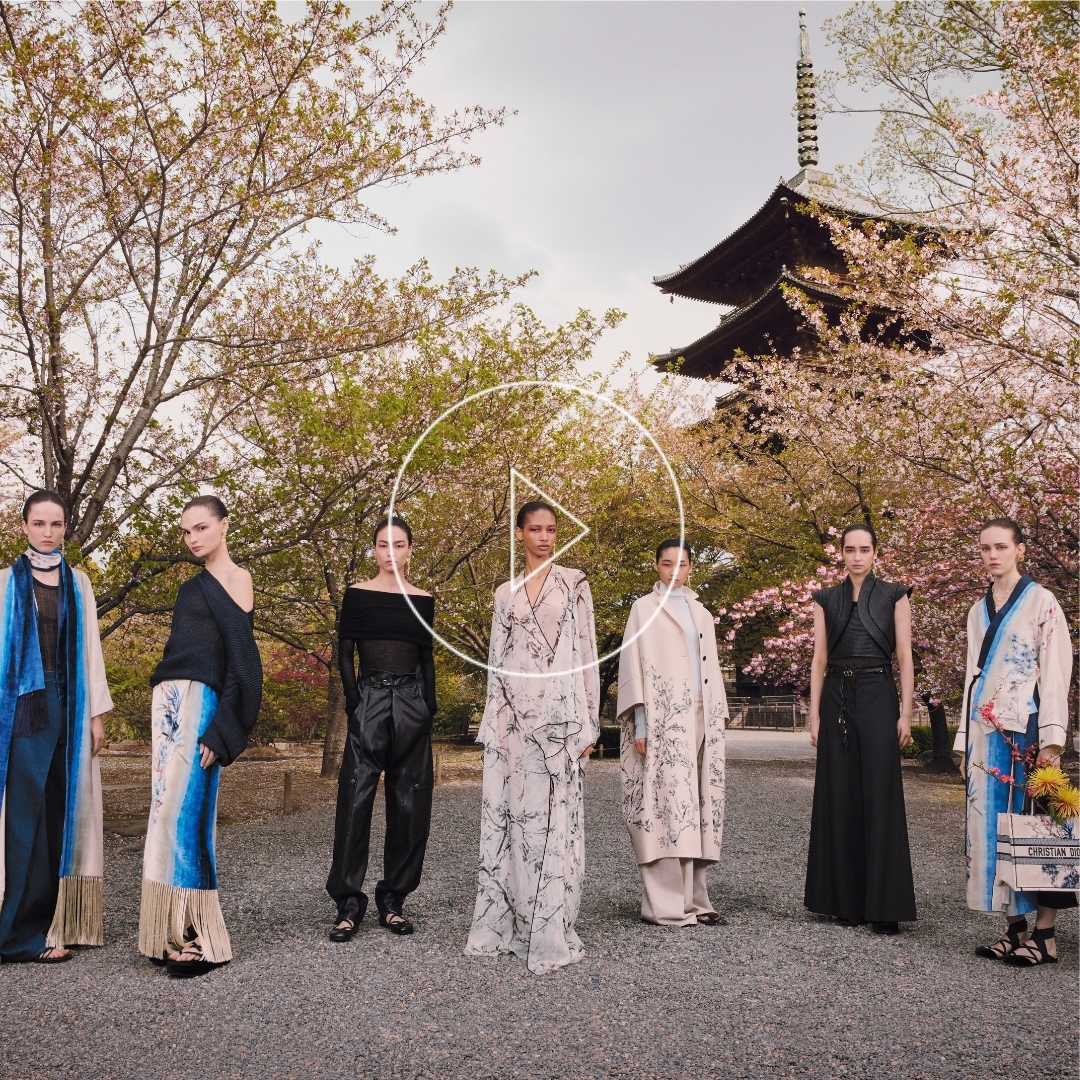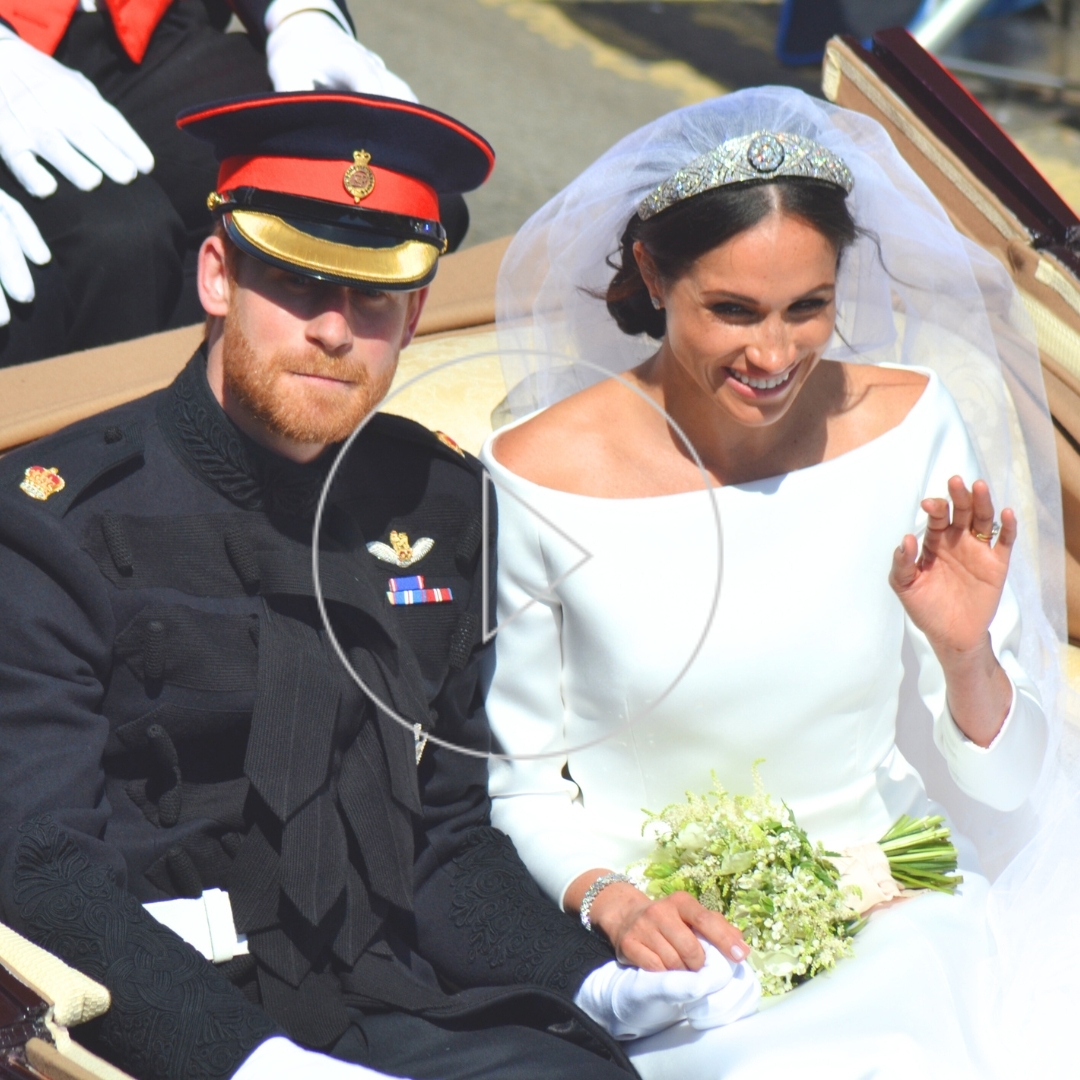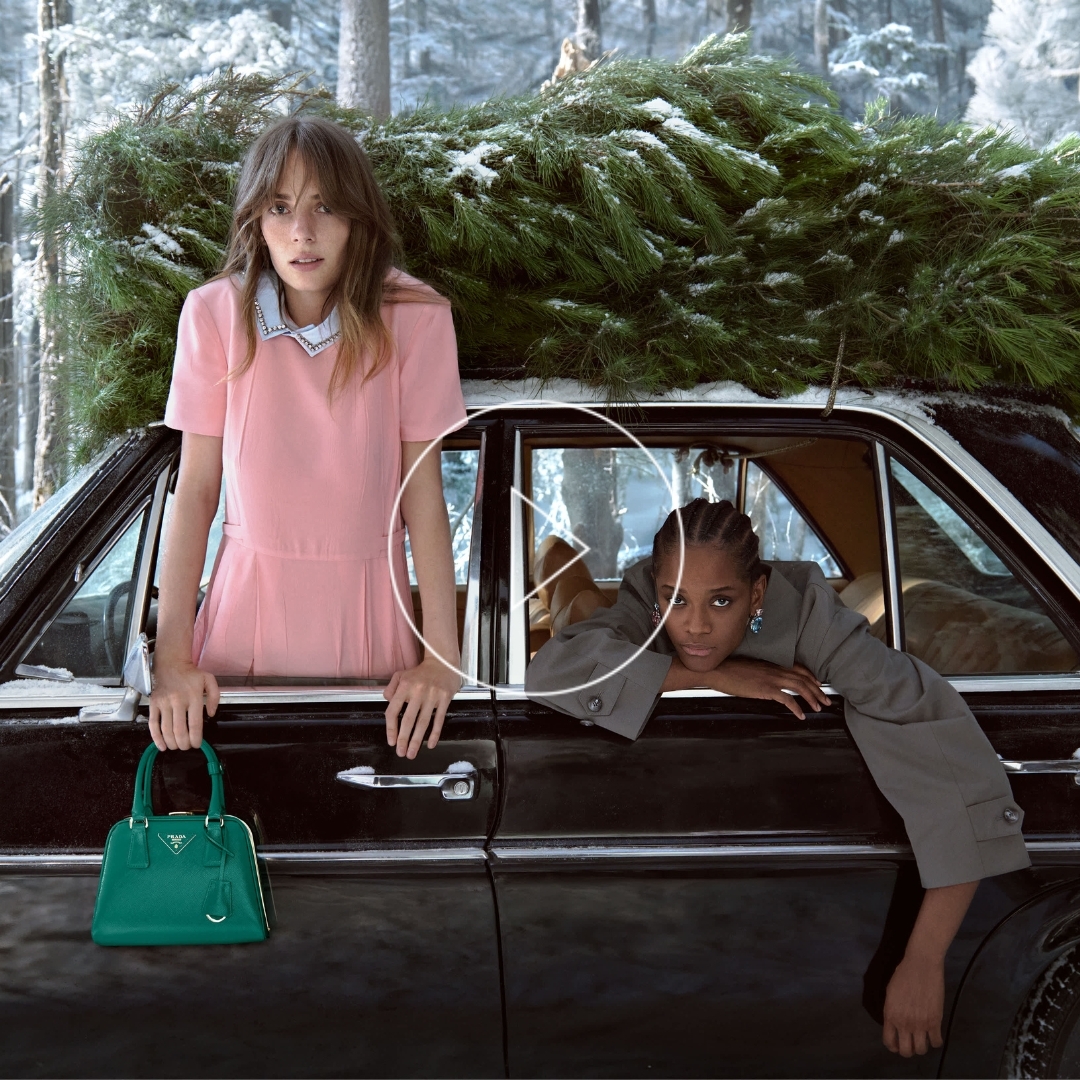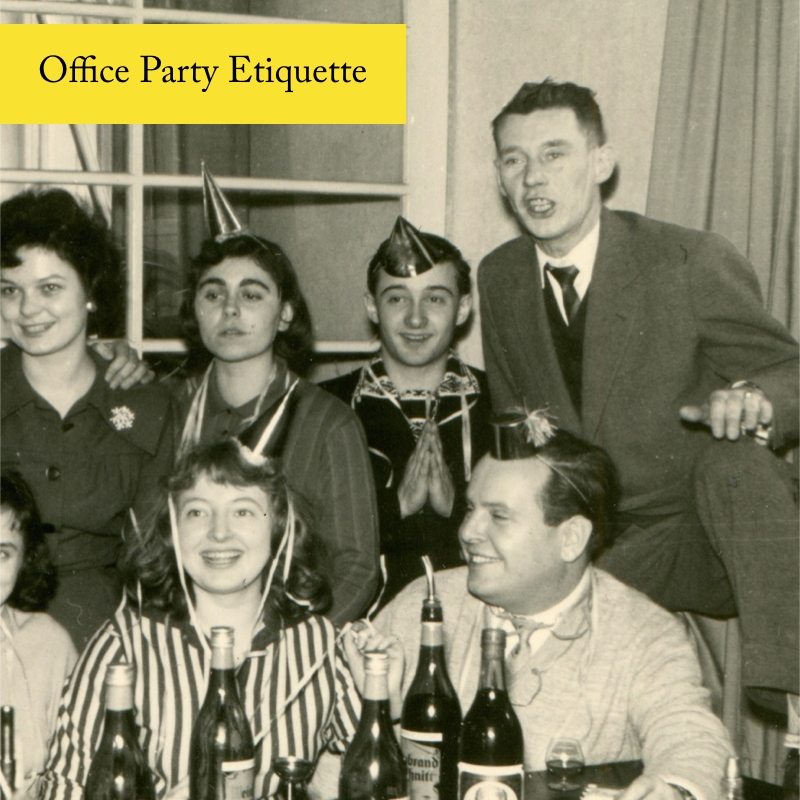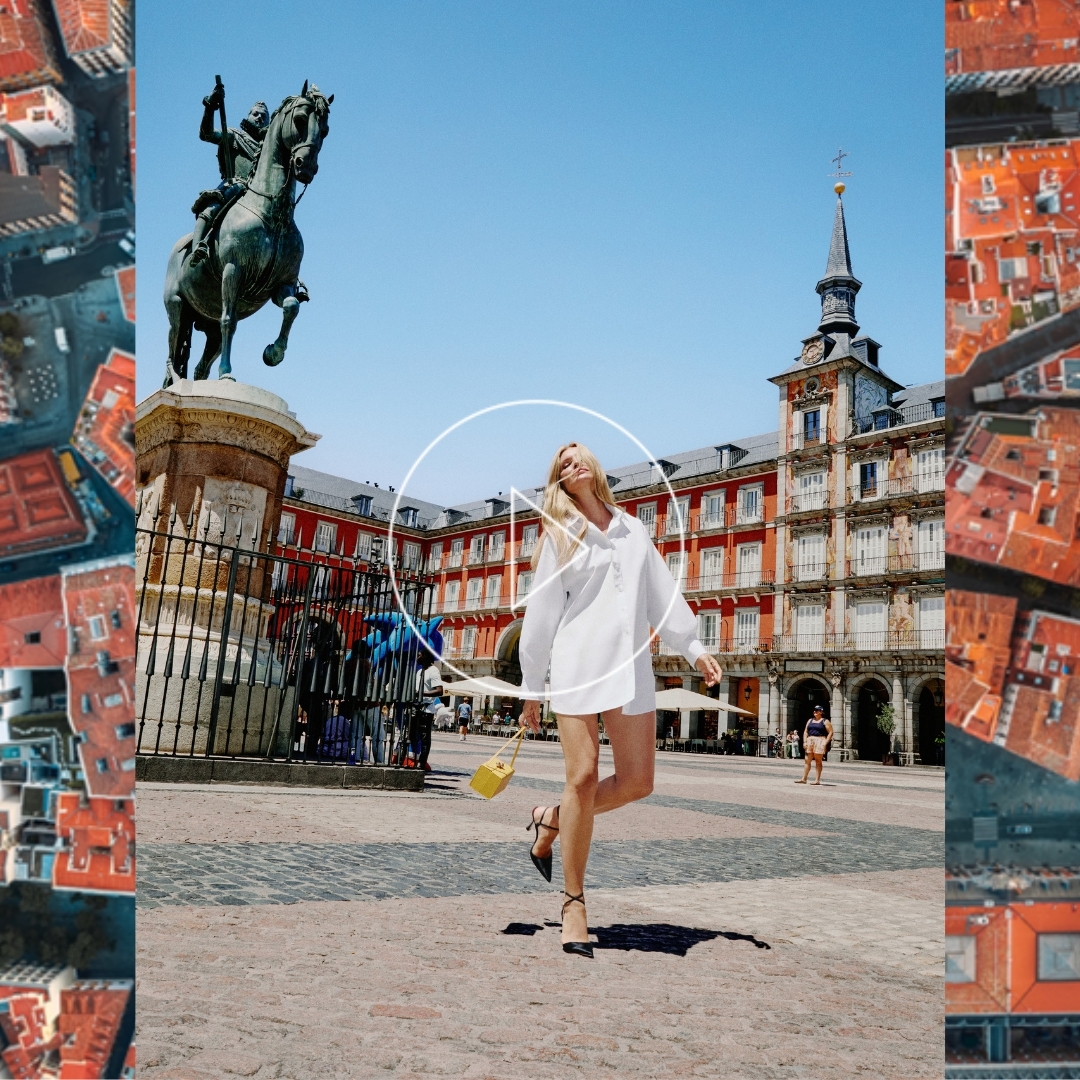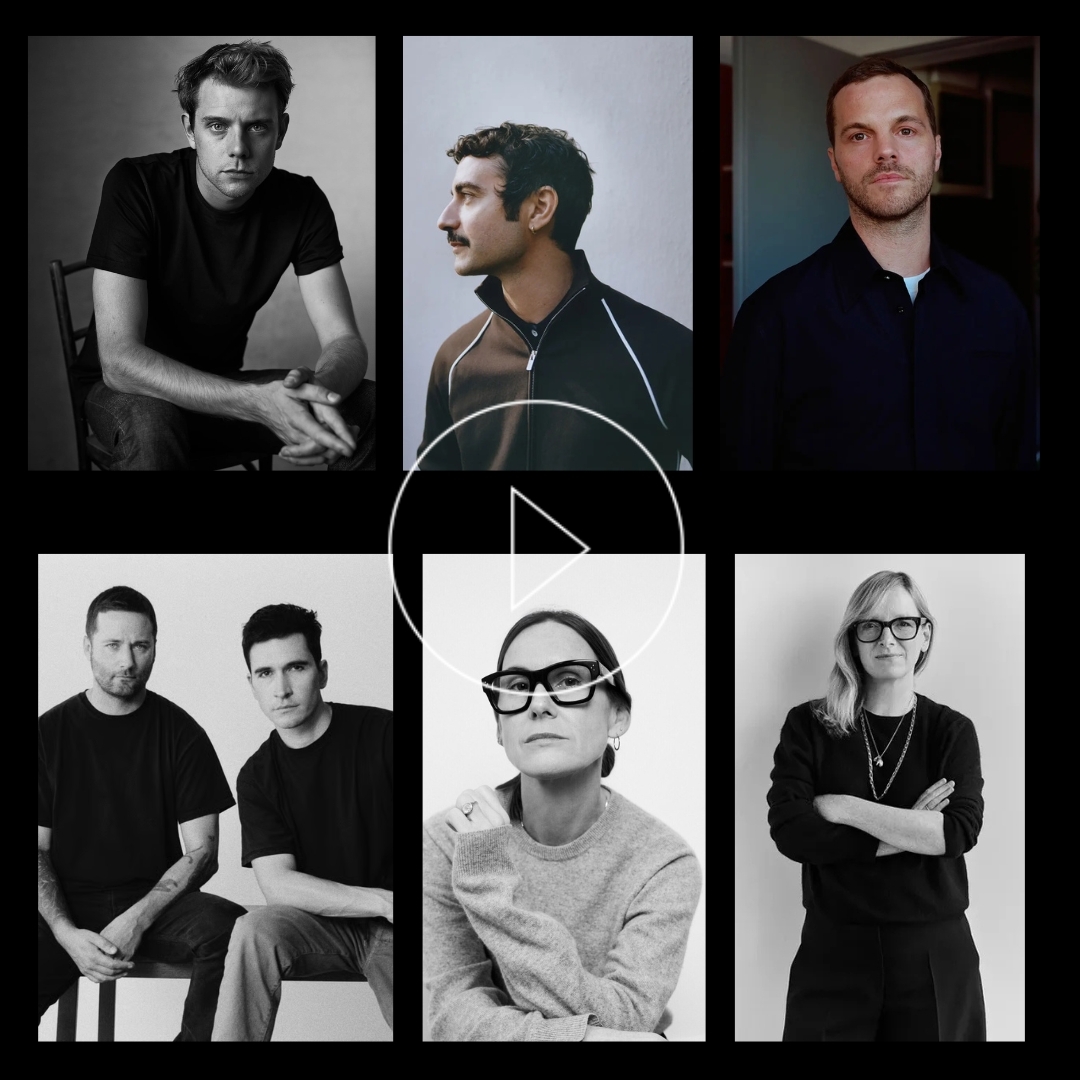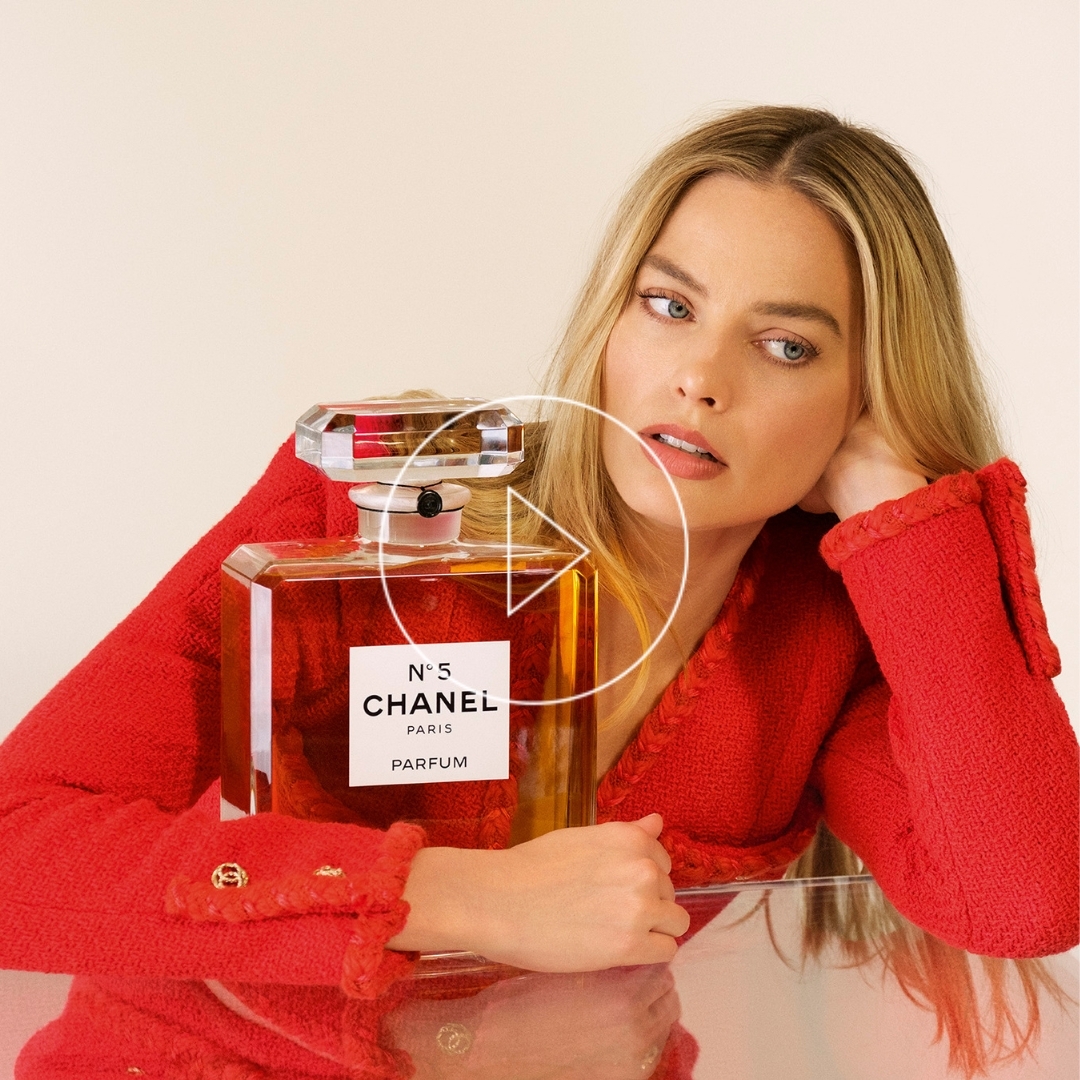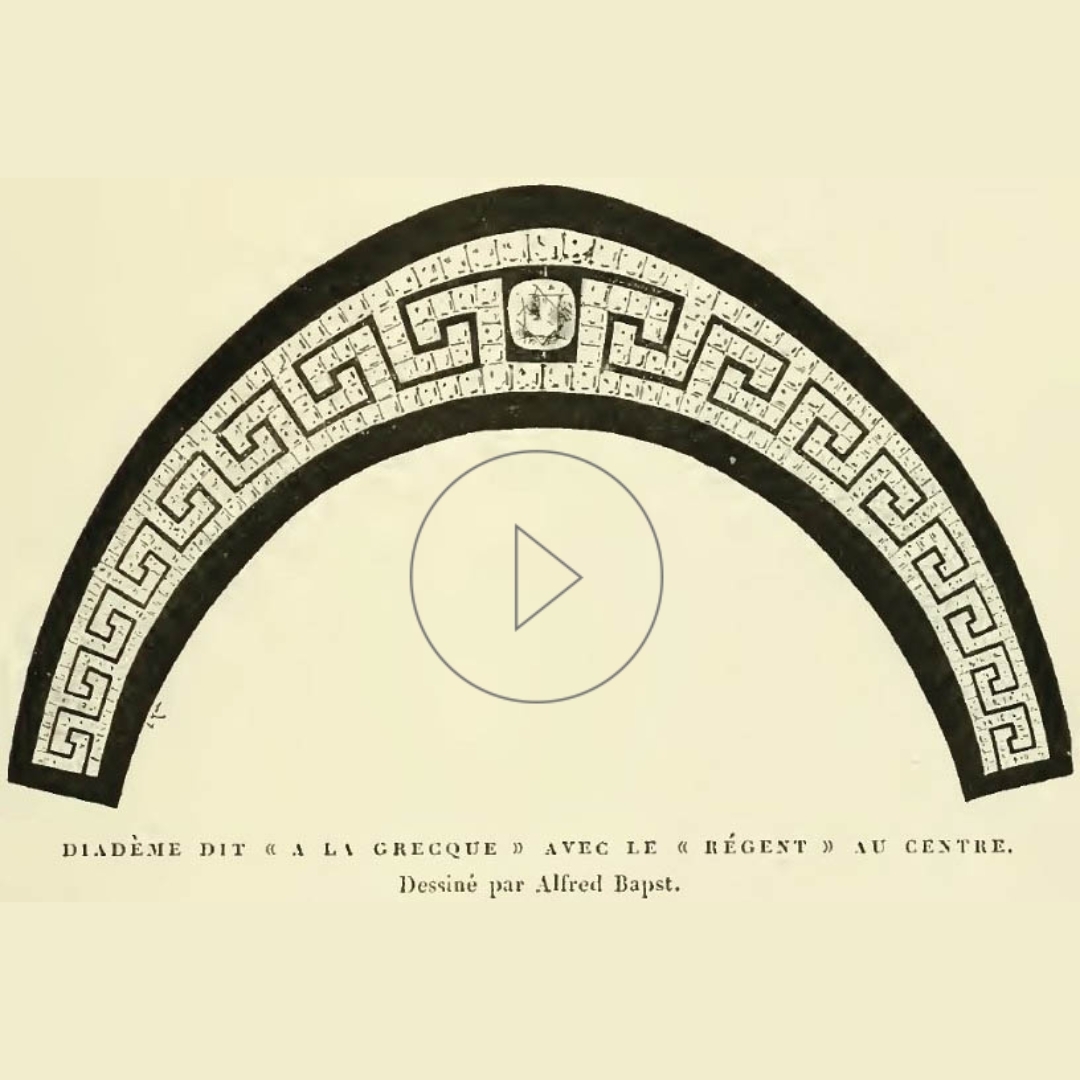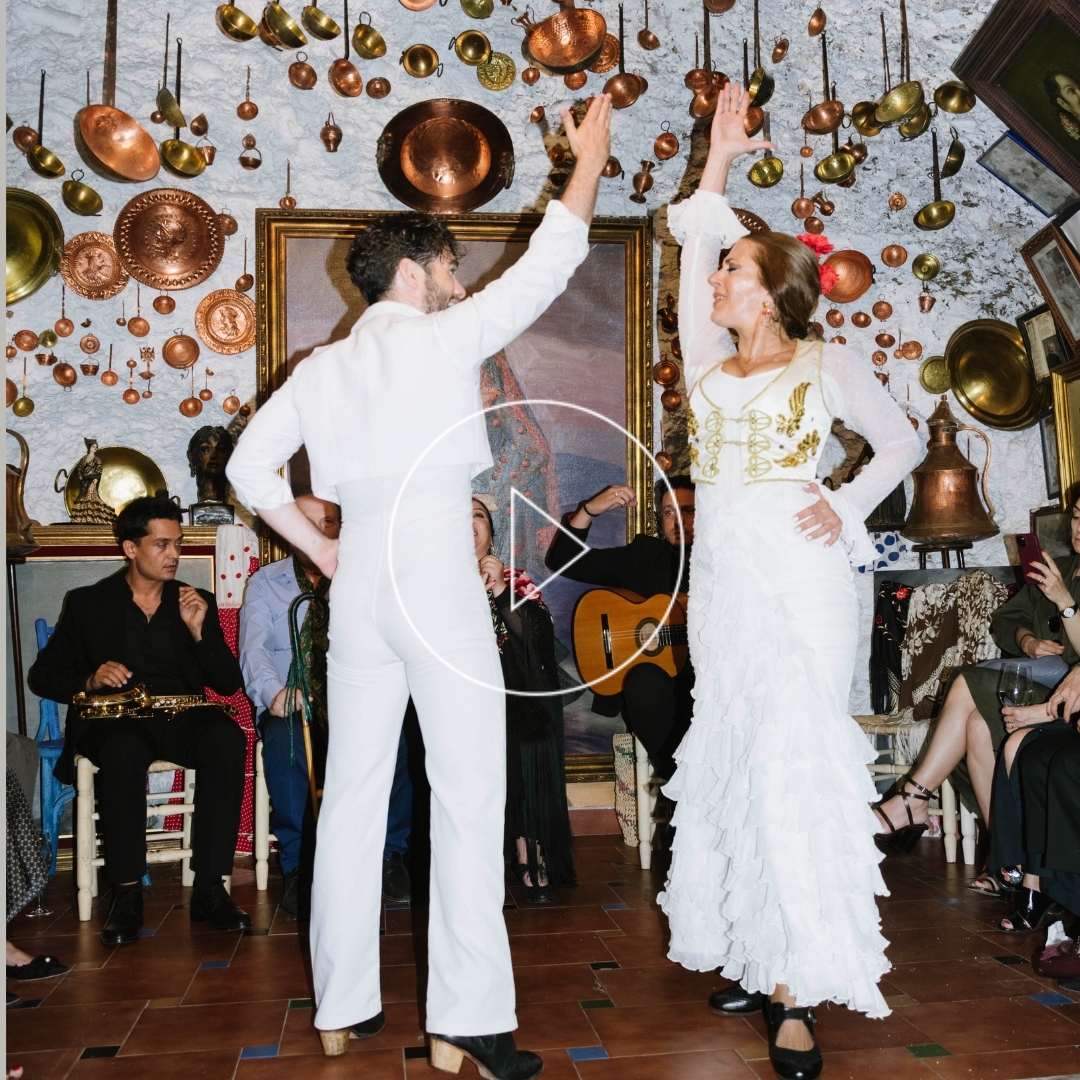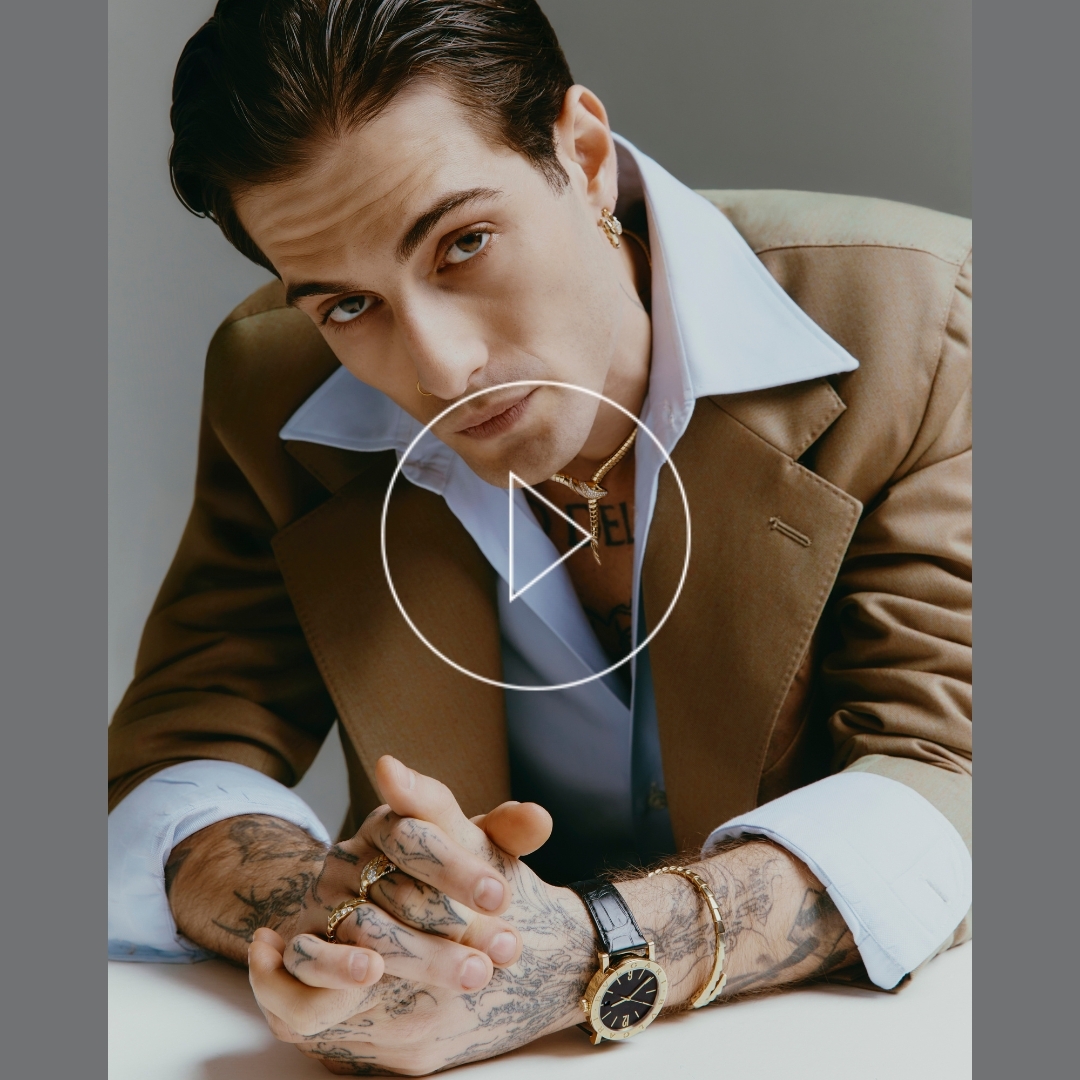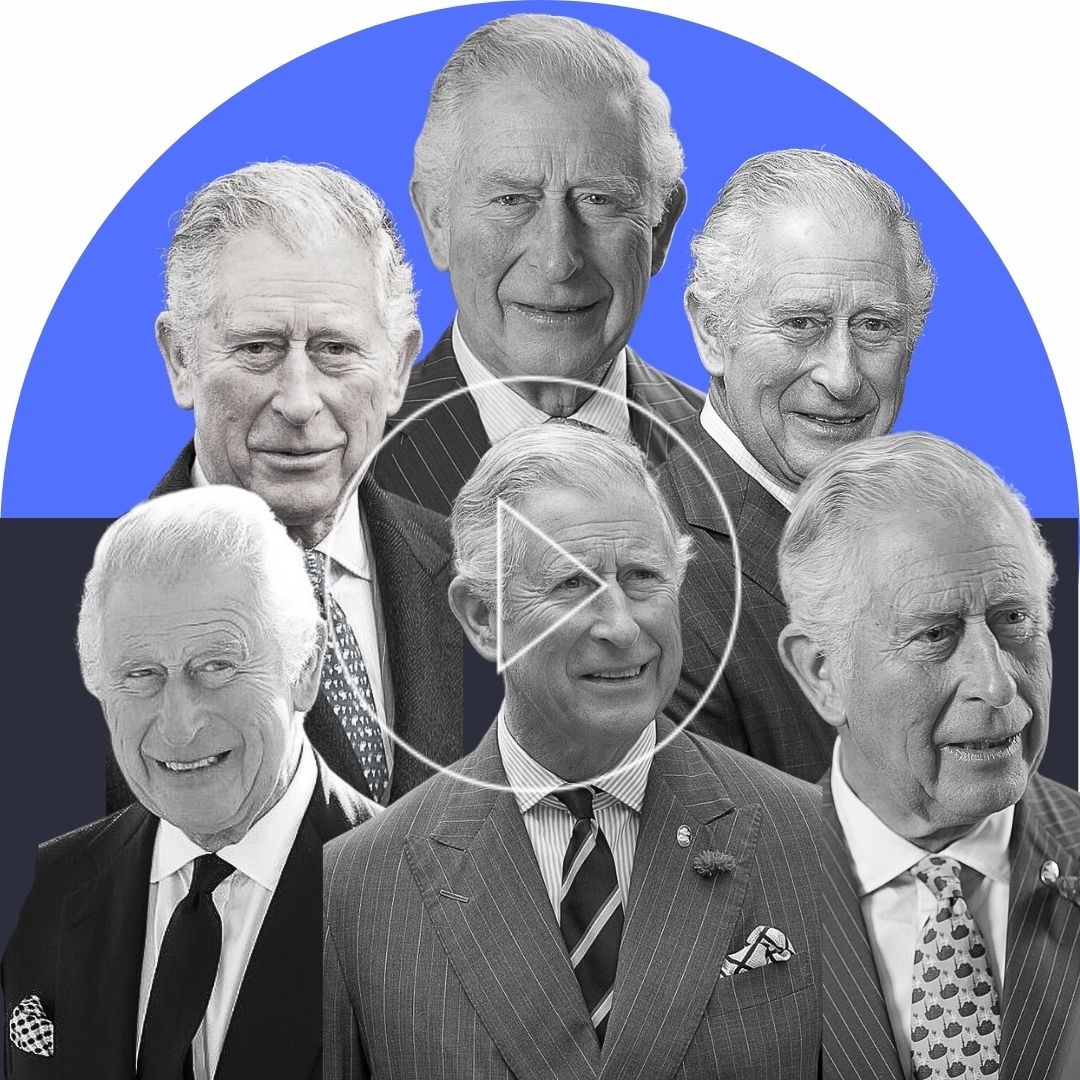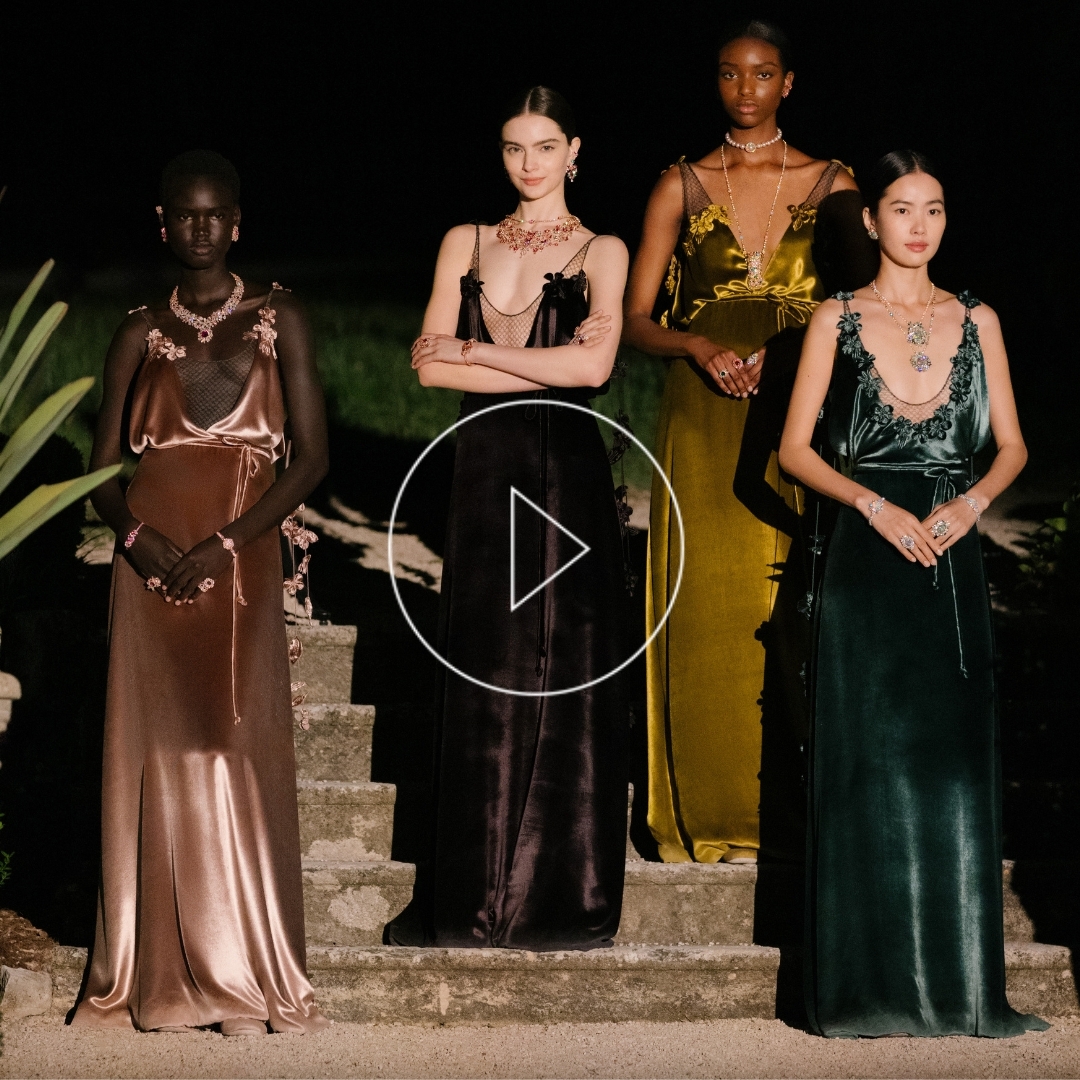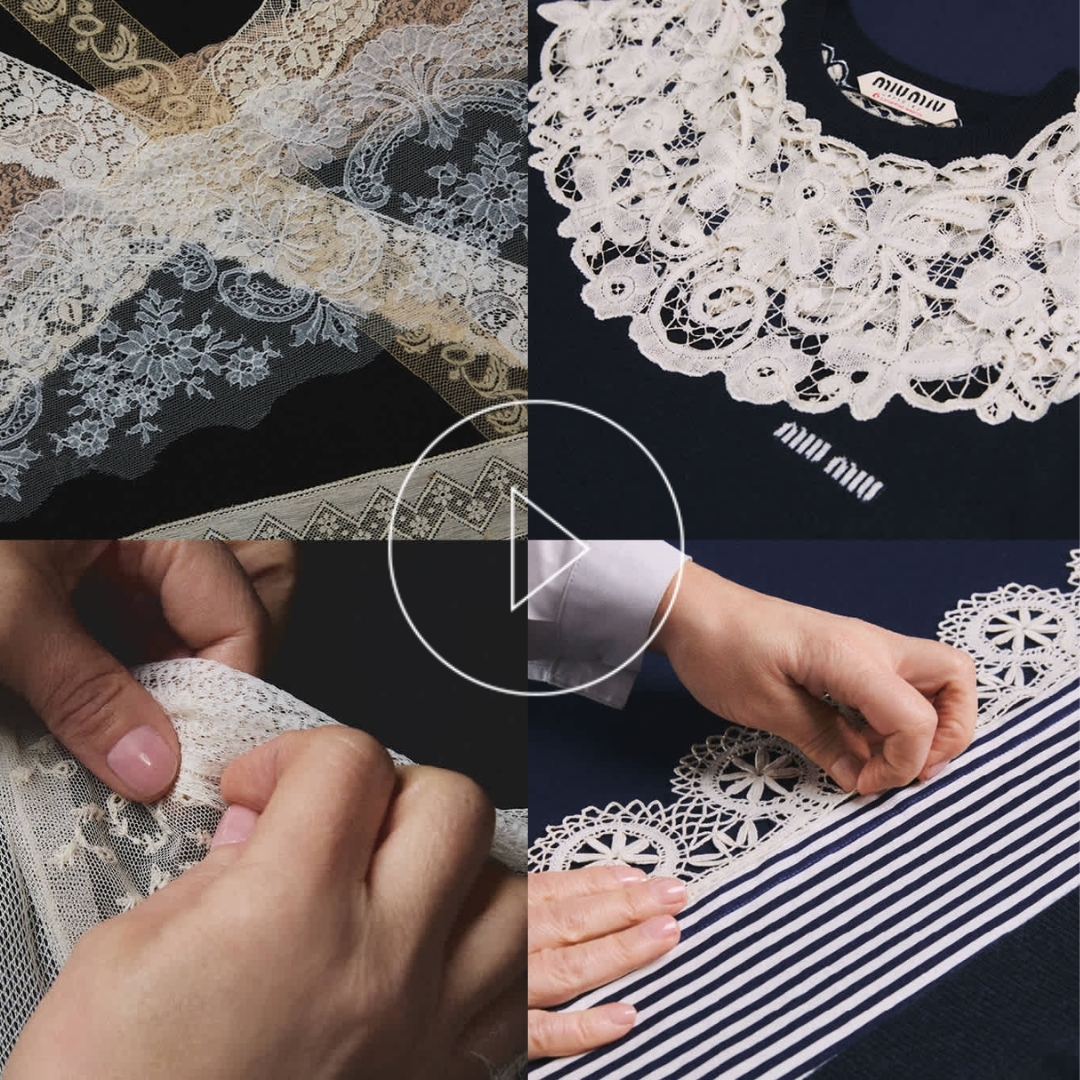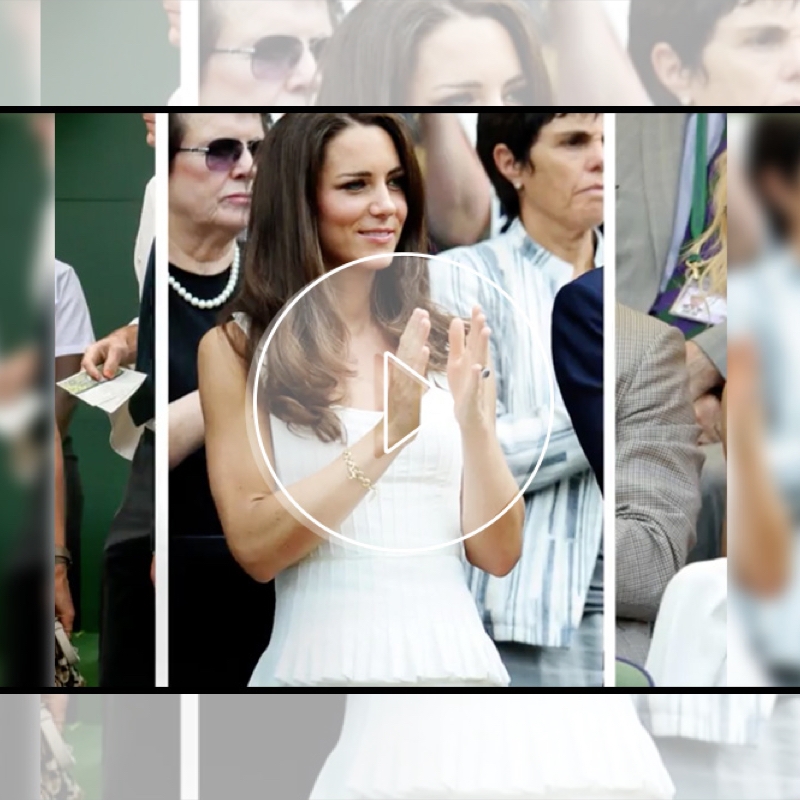Luxury Meets Labour: Who’s Really Making Your Dior Jewellery?
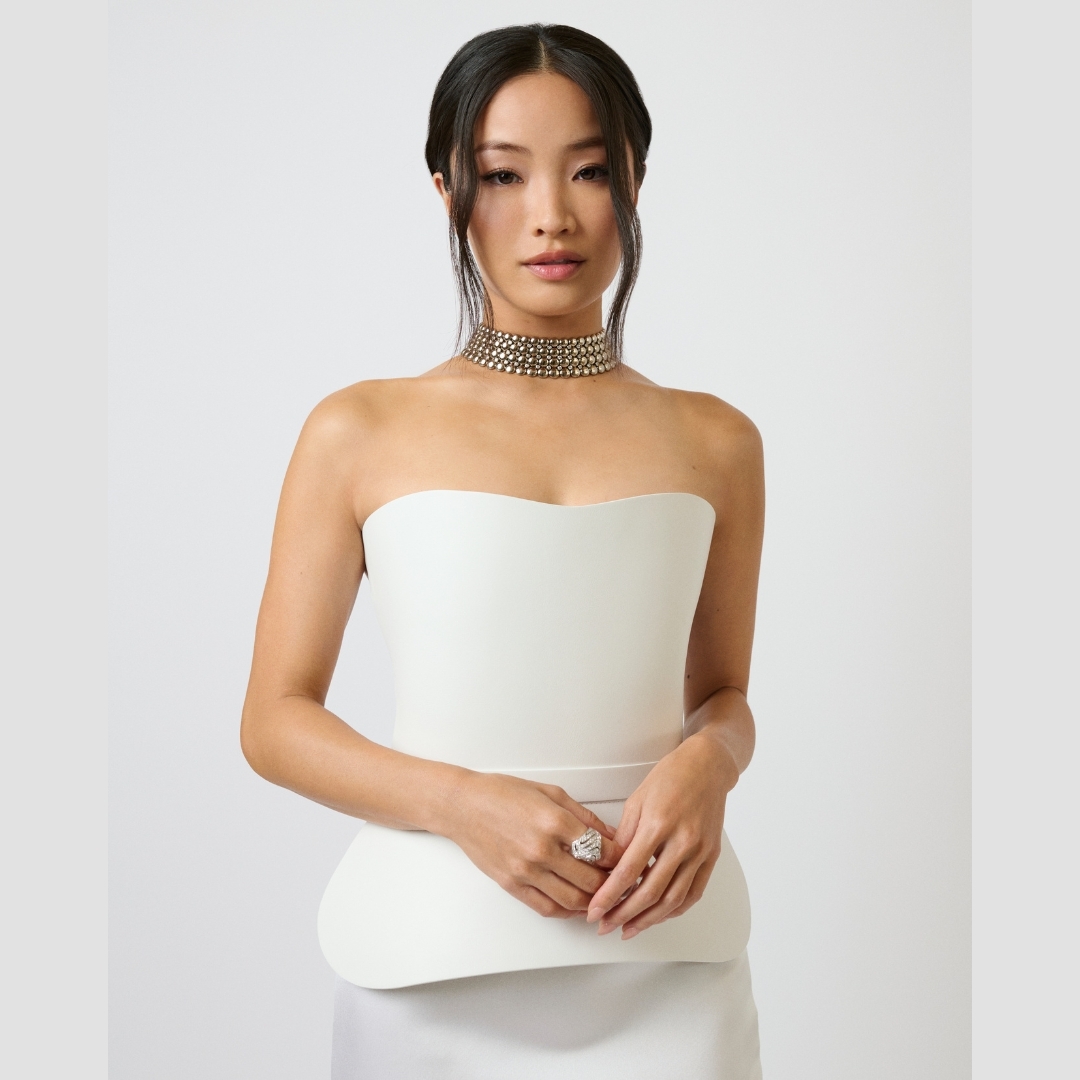
Quick Answer
Who makes Dior jewellery?
Dior’s high jewellery is designed and crafted in France, but not all of the brand’s jewellery is made there. For special collections and intricate handwork, Dior collaborates with skilled artisans all over the world, including India. Costume jewellery and components may be produced or assembled elsewhere, including in China.
The Illusion of 100% “Made in France”
Luxury brands like Dior sell more than jewellery; they sell an image. “Made in France” suggests artisans working in light-filled Parisian workshops, hand-setting diamonds in silence. And while that’s partly true for Dior’s Haute Joaillerie line, it’s far from the whole picture.
Today’s luxury industry runs on global production. To keep up with demand, and to access the best traditional craftsmanship, Dior, like many luxury maisons, relies on a mix of in-house ateliers and long-standing external partners across continents.
Read – Jewellery Trends for 2025 – From Fashion to High Jewellery
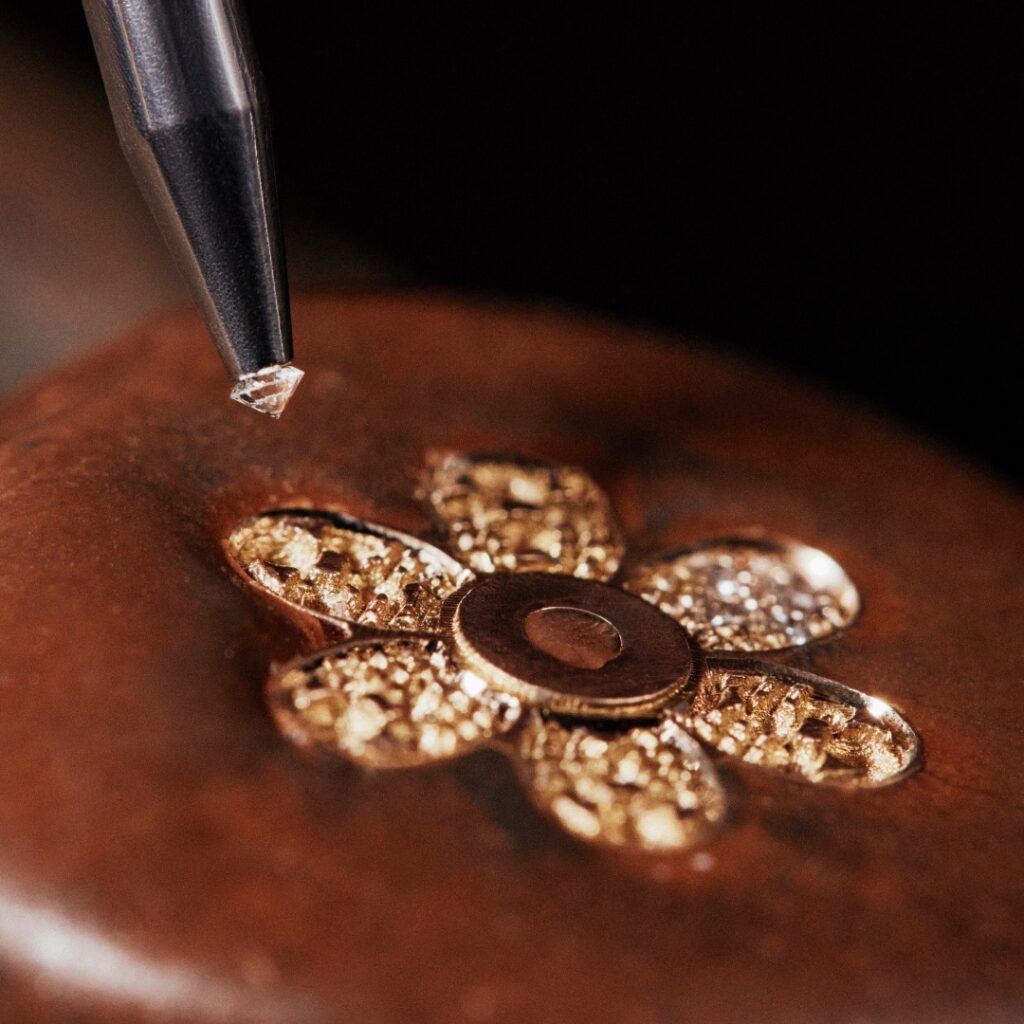
Making of The Collection Diorigami
Dior’s Mumbai Collection: A Testament to Indian Artistry
One of the most visible acknowledgements of Dior’s global sourcing came with the Fall 2023 Mumbai Collection. The show, staged in front of the Gateway of India, celebrated the deep creative friendship between Maria Grazia Chiuri, Dior’s former artistic director, and Karishma Swali, director of Chanakya ateliers and the Chanakya School of Craft.
For over two decades, Chanakya has produced exquisite hand-embroidery, textile art, and jewellery detailing for Dior’s most intricate pieces. In the Mumbai Collection, Indian artisans weren’t behind the scenes—they were the stars. The show featured:
- Jewellery and embroidery entirely handmade in India
- Craft rooted in centuries-old techniques, passed down through generations
- A spotlight on female empowerment through Chanakya’s work with women artisans
This collaboration is a counter-narrative to the typical outsourcing story. It’s not about cutting costs; it’s about preserving vanishing traditions and elevating them on a global stage.
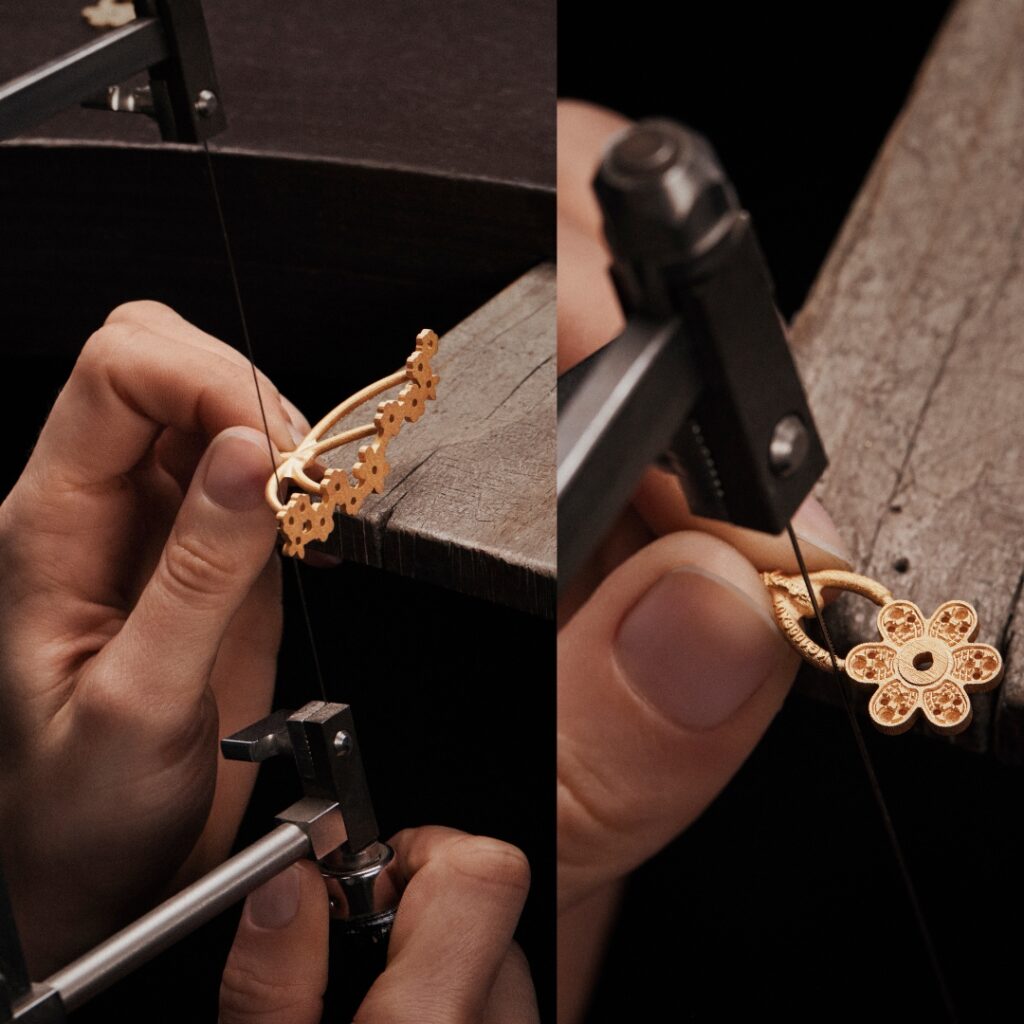
Making of The Collection Diorigami
Who Makes Dior Jewellery—Really?
Let’s break it down:
| Type of Jewellery | Where It’s Made |
|---|---|
| Haute Joaillerie (Fine Jewellery) | Designed and crafted in Paris, often with French-sourced gems |
| Special collaborations (e.g. Mumbai Collection) | Handcrafted in India, especially at Chanakya ateliers |
| Costume jewellery | Often assembled in Europe, with components possibly sourced from China or Thailand |
At the helm of Dior’s jewellery design is Victoire de Castellane, the long-time Artistic Director of Dior Joaillerie. Known for her bold, storytelling-rich aesthetic, Castellane has transformed the house’s jewellery into miniature fairy tales of colour, movement, and meaning. Interestingly, she’s also the sister of Mathilde Favier, the influential Head of PR Worldwide at Dior Couture, a dynamic sibling duo shaping both the image and the sparkle of the Dior universe.
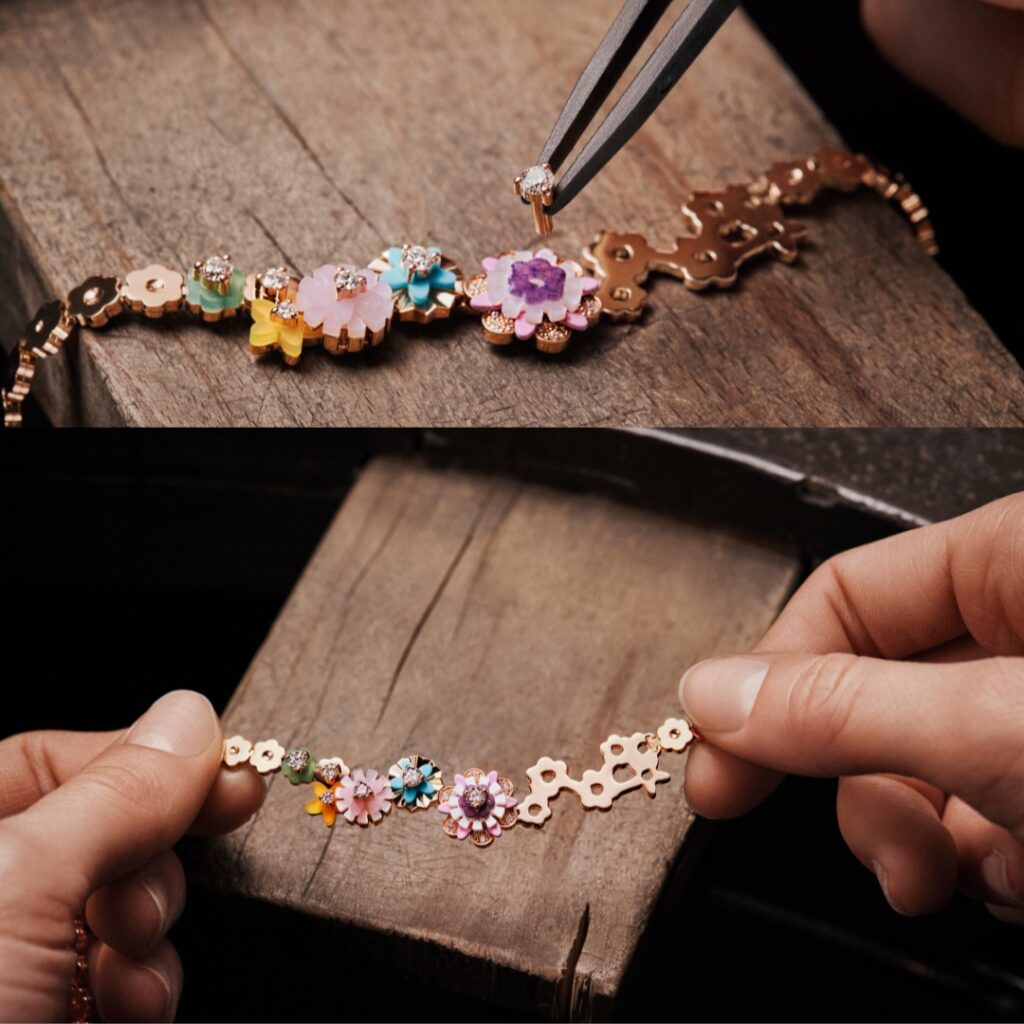
Making of The Collection Diorigami
India’s Historic Role in Jewellery Making
India isn’t new to high jewellery; in fact, it’s where the world once looked for it.
- For centuries, India was a global centre for gemstone trade, diamond cutting, and gold craftsmanship.
- The Mughal Empire left behind a legacy of lavish, intricate jewels combining Persian, Hindu, and Islamic artistry.
- British royalty, including Queen Elizabeth II, received gifts of jewellery from Indian maharajas, such as the legendary Hyderabad Necklace, a diamond masterpiece that remains one of the Queen’s most famous pieces.
Today, cities like Jaipur and Surat continue this legacy, the latter being home to 90% of the world’s diamond cutting and polishing.
So when Dior entrusts Indian ateliers like Chanakya with delicate embroidery and jewellery-making, it’s not outsourcing, it’s recognising generations of skill and prestige.
China’s Role: The Fast-Paced Side of Luxury
China, on the other hand, plays a different role. It’s more commonly used in costume jewellery production:
- Mass manufacturing
- Moulding and casting of metal components
- Enamelling, stone setting, or assembly for seasonal accessories
While this allows brands like Dior to release more affordable, trendy lines, it also raises questions about:
- Labour conditions
- Wage disparity
- Transparency in the lower tiers of the supply chain
These are the aspects luxury brands often omit from their glossy marketing materials.
Transparency in Luxury: Still a Work in Progress
- RJC (Responsible Jewellery Council) certifications don’t always guarantee fair labour practices
- Most brands don’t disclose full details of their supply chains
- Reports and audits are rarely public or independently verified
In other words, while ethical sourcing is claimed, traceability is still limited.
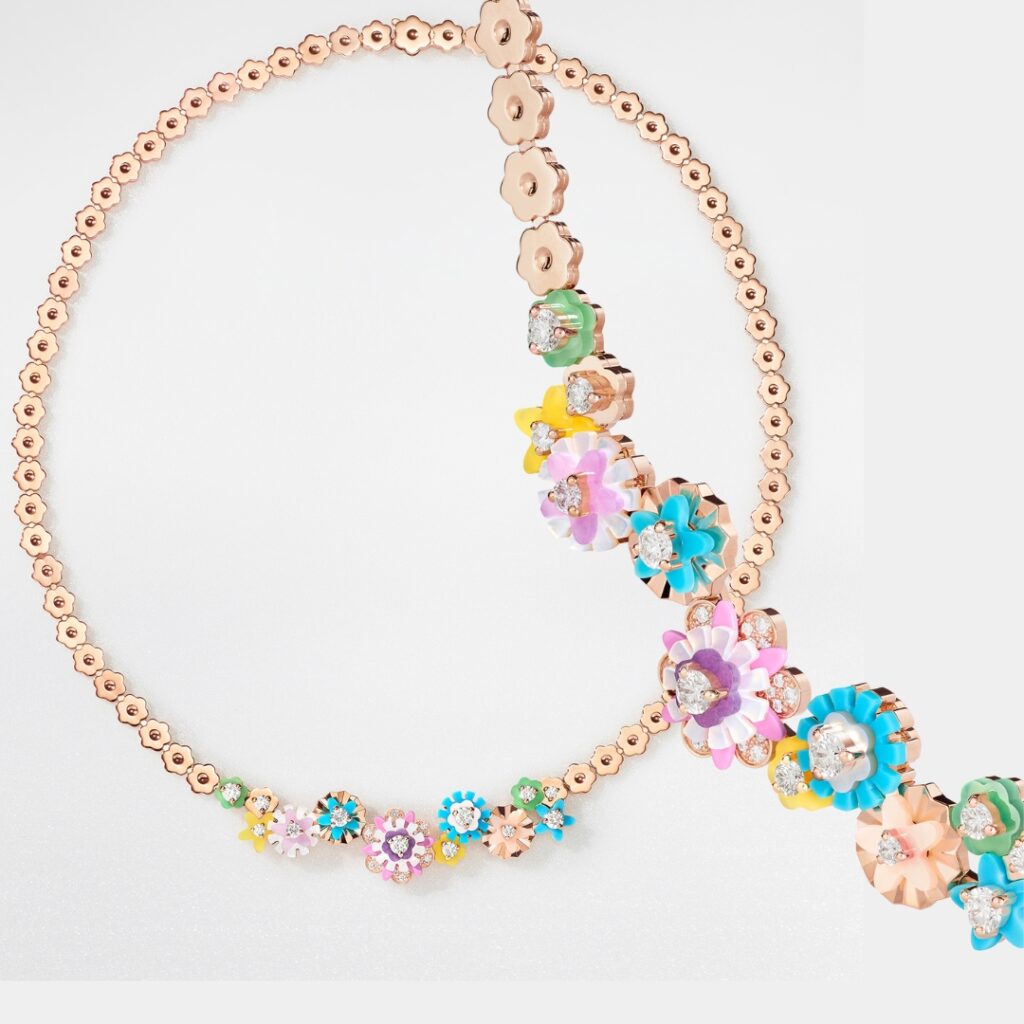
Necklace and detail of the collection Diorigami
Conclusion: It’s Not Just About Where, It’s About How
So, who makes Dior jewellery?
Sometimes, it’s a master jeweller in Paris. Other times, it’s an Indian artisan at Chanakya’s workshop. And in many cases, it’s a mix of hands, countries, and cultures.
As consumers become more conscious, the origin story matters more than ever. It’s time for luxury brands to be as transparent about their jewellery’s journey as they are about its sparkle.
Images Courtesy @Dior – Feature Image ANNA SAWAI © Jade Mainade – Images – The Making of The Collection Diorigami
SHARE

